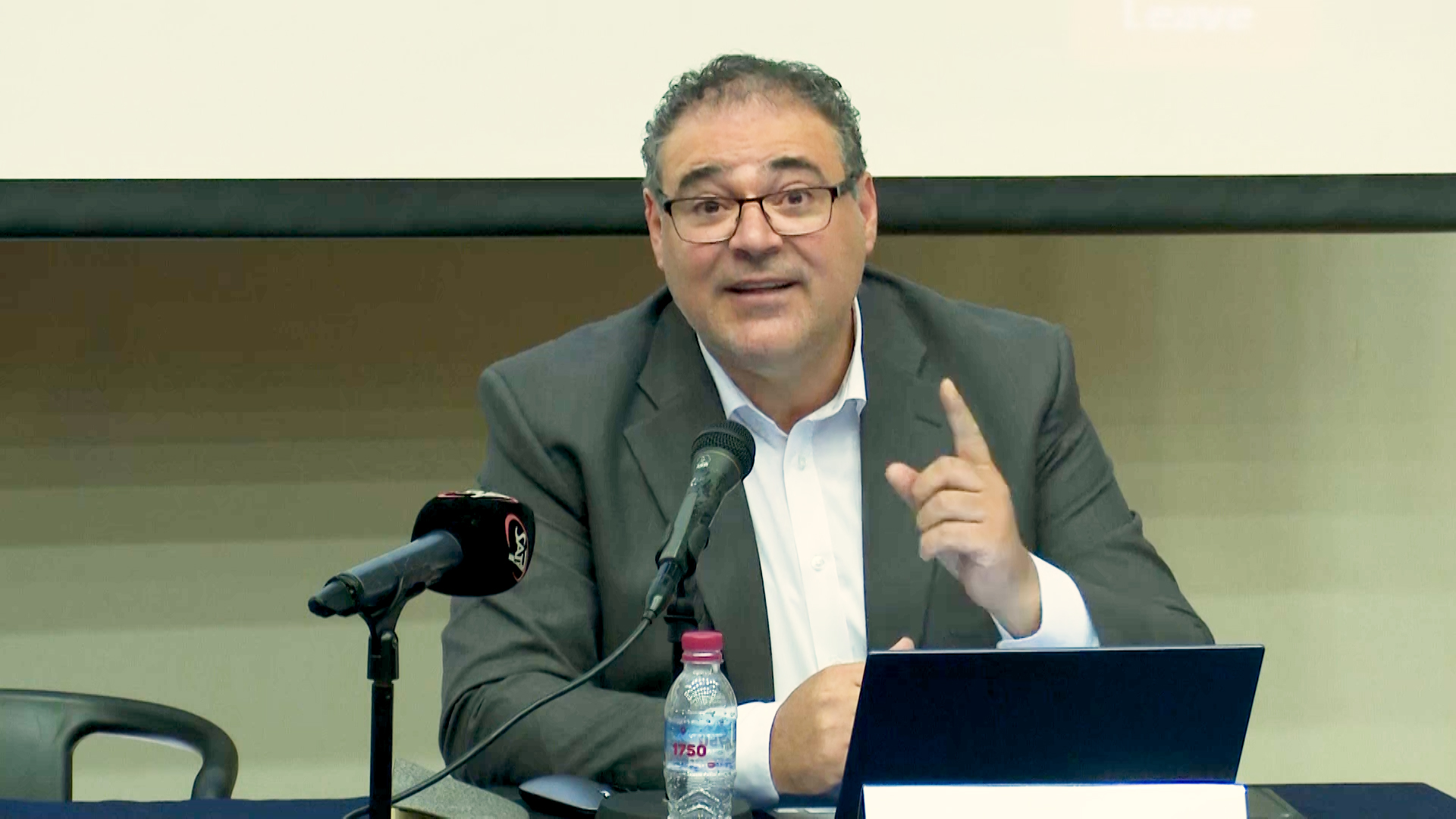
French

Belonging(s) and territory(s) to the prism of religiosity (al-tadayyun) in current Arab-Muslim thought
Lecture by Wael SALEH, at the second International Congress of PLURIEL in Rome.
As Syrian thinker Burhan Ghalioun [1] French historian Dominique Avon [2], Moroccan philosopher Abd al-Ila h Balqaziz [3], Bahraini thinker Mohammad Gaber Al-Ansary [4] and Egyptian intellectual Ammar ‘Ali Hasan [5], the Arab-Muslim world is still asking itself the following questions:
Who we are and what is the influence of the response on the conception of the link between the religious and the political which is among the factors which are in fact at the heart of three chronic surveys in the Arab-Muslim thought which give rise to questions:
1) A reference space: Ummma, qawmiyah (Arabity) or wataniya (nationalism)?
2) The nature of the regime: religious or civil?
3) What organizes our living together?
How do the three major currents of contemporary Arab-Muslim thought: Muslim reformism; activist holistic Islamism; Muslim humanist liberalism [6] diffract in their conceptions of this bond? What is the impact of these built designs on belonging and territory? How has the tension between these three currents contributed to generating issues such as wars, migration, exodus and identity conflicts in the Middle East and in the countries of emigration, that are intrinsically linked to the philosophical, political, religious and moral theoretical models of how to live together that these three currents offer to the Arabo-Muslims of today?
[1] B. GHALIOUN (1990). Système sectaire : de l’État à la tribu (Nizam al-ta’ifiyah min al-dawlah ila al- qabilah), Bayrut, al-Markazal-Thaqafi al-’Arabi, pp.136-137.
[2] D. AVON (2013). Comment le fait religieux peut-il être vecteur de paix ou de guerre ?, [En ligne], https://www.youtube.com/watch?v=RPG8AYDwtaA (Page consultée le 15 mars 2016).
[3]’A. BALQAZI Z (2001). Questions de la pensée arabe contemporaine (As’ilat al-fikr al-’Arabi al-muasir), Maroc, Dar Al Hiwar Li Al Nasher, p. 7.
[4] M.G. AL-ANSARY (2000). Formation politique des Arabes et le sens de l’État-nation (takween al-arab al-syassy we maghza al-dawla al-qatarya), Beyrouth, Centre d’études de l’Union arabe, 3e édition, p. 92.
[5] ’A.’ALIHA SAN(2006). Oummaencrise (Ummah fi azmah : amrad al-’Arabal-siyasiyahfial-fikrwa- al-ha rakah), al-Ji zah, Markaz al-Ha da rah al-’Arabi yah, p. 32.
[6] W. SALEH (2017). La conception de l’État dans la pensée égyptienne contemporaine. Continuités et ruptures dans l’interprétation des liens entre religion et politique, L’Harmattan, Collection Pour Comprendre le Moyen-Orient. 290p.
Original title : “Appartenance(s) et territoire(s) au prisme de la religiosité (al-tadayyun) dans la pensée arabo-musulmane actuelle”
Conférence de Wael SALEH, lors du deuxième Congrès international de PLURIEL à Rome.
Comme le constatent le penseur syrien Burhan Ghalioun [1] l’historien français Dominique Avon [2], le philosophe marocain ‘Abd al-Ila h Balqaziz [3], le penseur bahreïnien Mohammad Gaber Al-Ansary [4] et l’intellectuel égyptien ‘Ammar ‘Ali Hasan [5], le monde arabo-musulman se pose encore jusqu’à maintenant les questions suivantes :
Qui sommes-nous et quelle est l’influence de la réponse sur la conception du lien entre le religieux et le politique qui est parmi les facteurs qui sont en effet au cœur de trois enquêtes chroniques dans la pensée arabo-musulmane qui suscitent des questionnements :
1) Un espace de référence : Oumma, qawmiyah (arabité) ou wataniya (nationalisme) ?
2) La nature du régime : religieuse ou civile ?
3) Qu’est-ce qui organise notre vivre ensemble ?
Comment les trois courants majeurs de la pensée arabo-musulmane contemporaine : le réformisme musulman ; l’islamisme holiste activiste ; le libéralisme humaniste musulman [6] se diffractent-ils dans leurs conceptions de ce lien ? Quel est l’impact de ces conceptions construites sur l’appartenance et le territoire ? De quelle manière la mise en tension de ces trois courants a-t-elle contribué à générer des enjeux, comme les guerres, les mouvements migratoires, les exodes et les conflits identitaires au Moyen-Orient et dans les pays d’émigration, qui sont intrinsèquement liés aux modèles théoriques philosophiques, politiques, religieux et moraux de comment vivre ensemble que ces trois courants offrent aux arabo-musulmans d’aujourd’hui ?
[1] B. GHALIOUN (1990). Système sectaire : de l’État à la tribu (Nizam al-ta’ifiyah min al-dawlah ila al- qabilah), Bayrut, al-Markazal-Thaqafi al-’Arabi, pp.136-137.
[2] D. AVON (2013). Comment le fait religieux peut-il être vecteur de paix ou de guerre ?, [En ligne], https://www.youtube.com/watch?v=RPG8AYDwtaA (Page consultée le 15 mars 2016).
[3]’A. BALQAZI Z (2001). Questions de la pensée arabe contemporaine (As’ilat al-fikr al-’Arabi al-muasir), Maroc, Dar Al Hiwar Li Al Nasher, p. 7.
[4] M.G. AL-ANSARY (2000). Formation politique des Arabes et le sens de l’État-nation (takween al-arab al-syassy we maghza al-dawla al-qatarya), Beyrouth, Centre d’études de l’Union arabe, 3e édition, p. 92.
[5] ’A.’ALIHA SAN(2006). Oummaencrise (Ummah fi azmah : amrad al-’Arabal-siyasiyahfial-fikrwa- al-ha rakah), al-Ji zah, Markaz al-Ha da rah al-’Arabi yah, p. 32.
[6] W. SALEH (2017). La conception de l’État dans la pensée égyptienne contemporaine. Continuités et ruptures dans l’interprétation des liens entre religion et politique, L’Harmattan, Collection Pour Comprendre le Moyen-Orient. 290p.
محاضرة ألقاها وائل صالح في المؤتمر الدولي الثاني الذي نظّمته شبكة PLURIEL في روما.
كما لاحظ المفكّر السوري برهان غليون [1] والمؤرّخ الفرنسي دومينيك أفون [2] والفيلسوف المغربي عبد الإله بلقزيز [3] والمفكرّ البحرينيّ محمد جابر الأنصاري [4] والمفكّر المصري عمار علي حسن [5]، لا يزال العالم العربي -الإسلامي حتّى اليوم يطرحُ على نفسه الأسئلة التالية:
كما لاحظ المفكّر السوري برهان غليون [1] والمؤرّخ الفرنسي دومينيك أفون [2] والفيلسوف المغربي عبد الإله بلقزيز [3] والمفكرّ البحرينيّ محمد جابر الأنصاري [4] والمفكّر المصري عمار علي حسن [5]، لا يزال العالم العربي -الإسلامي حتّى اليوم يطرحُ على نفسه الأسئلة التالية:
من نحن؟ وما هو تأثير الإجابة على رؤية الرابط بين الدين والسياسة الذي يندرج ضمن العوامل الكامنة في جوهر ثلاث استطلاعات مزمنة في الفكر العربي الإسلامي تثير تساؤلات عدّة:
1) مكان مرجعي: الأمّة أو القوميّة (العروبة) أو الوطنيّة؟
2) طبيعة النظام: دينيّ أو مدنيّ؟
3) ما الذي ينظّم العيش المشترك؟
كيف تنجحُ تيارات الفكر العربي الإسلامي المعاصر الثلاثة الرئيسة أيّ الإصلاح الإسلامي والإسلاموية الشاملة الناشطة والليبرالية الإنسانية الإسلامية [6] في تحييد مفاهيمها عن هذا الارتباط؟ وما هو تأثير هذه المفاهيم المبنيّة على الانتماء والأرض؟ وكيف تسهمُ التوتّرات الناشئةُ بين هذه التيارات الثلاثة في توليد تحدّيات كالحروب وحركات الهجرة والنزوح وصراعات الهوية في الشرق الأوسط وفي بلدان الهجرة؟ في وقت ترتبط هذه التحدّيات ارتباطًا جوهريًا بالنماذج النظرية والفلسفية والسياسية والدينية والأخلاقية لكيفية العيش المشترك التي تقدّمها هذه التيارات الثلاثة إلى العرب المسلمين المعاصرين.
[1] B. GHALIOUN (1990). Système sectaire : de l’État à la tribu (Nizam al-ta’ifiyah min al-dawlah ila al- qabilah), Bayrut, al-Markazal-Thaqafi al-’Arabi, pp.136-137.
[2] D. AVON (2013). Comment le fait religieux peut-il être vecteur de paix ou de guerre ?, [En ligne], https://www.youtube.com/watch?v=RPG8AYDwtaA (Page consultée le 15 mars 2016).
[3]’A. BALQAZI Z (2001). Questions de la pensée arabe contemporaine (As’ilat al-fikr al-’Arabi al-muasir), Maroc, Dar Al Hiwar Li Al Nasher, p. 7.
[4] M.G. AL-ANSARY (2000). Formation politique des Arabes et le sens de l’État-nation (takween al-arab al-syassy we maghza al-dawla al-qatarya), Beyrouth, Centre d’études de l’Union arabe, 3e édition, p. 92.
[5] ’A.’ALIHA SAN(2006). Oummaencrise (Ummah fi azmah : amrad al-’Arabal-siyasiyahfial-fikrwa- al-ha rakah), al-Ji zah, Markaz al-Ha da rah al-’Arabi yah, p. 32.
[6] W. SALEH (2017). La conception de l’État dans la pensée égyptienne contemporaine. Continuités et ruptures dans l’interprétation des liens entre religion et politique, L’Harmattan, Collection Pour Comprendre le Moyen-Orient. 290p.
Resources of this researcher

videos
From Applied Islamology to Applied Islamismology
Lecture given on 14 October 2021 at the Catholic University of Lyon during the conference "Radicalisation leading to violence in the name of Islam, Epistemological, methodological and ethical appro...

article
Studies of radicalization leading to violence in the name of Islam: mapping theoretical actors to better understand epistemological and ethical issues
Original title : "Les études de la radicalisation menant à la violence au nom de l’islam : cartographier les acteurs théoriques pour mieux comprendre les enjeux épistémologiques et éthiques" Abs...

videos
Belonging(s) and territory(s) to the prism of religiosity (al-tadayyun) in current Arab-Muslim thought
Lecture by Wael SALEH, at the second International Congress of PLURIEL in Rome. As Syrian thinker Burhan Ghalioun [1] French historian Dominique Avon [2], Moroccan philosopher Abd al-Ila h Balqazi...
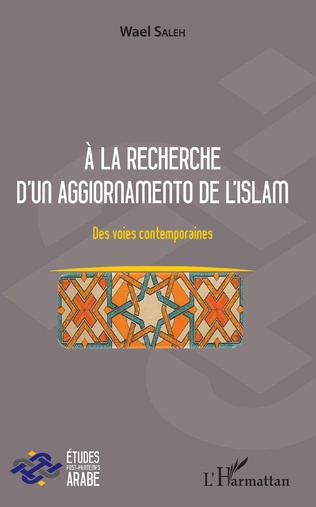
publication
In search of an aggiornamento of Islam. Contemporary approaches
Can the upheavals in the Arab-Muslim world lead to an aggiornamento regulating the link between religion and politics and making it possible to live better together in peace? To answer this questio...
Resources related to Identities
Identities
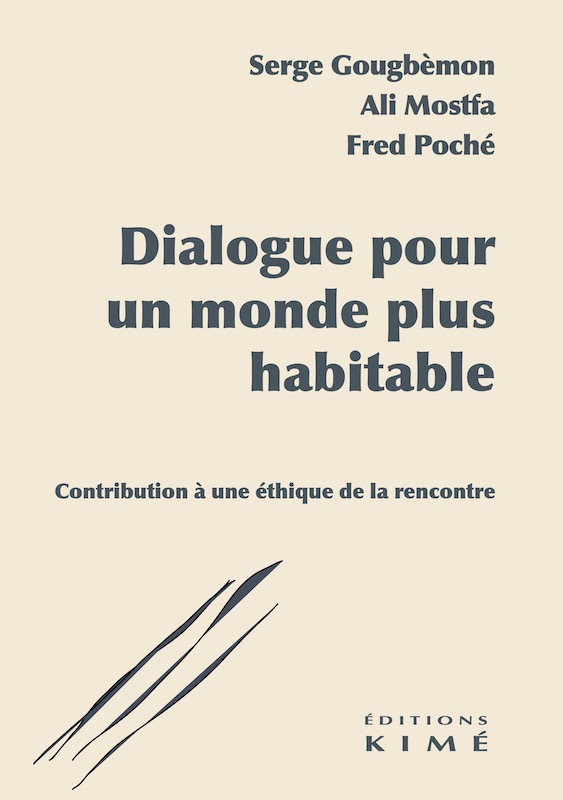
publication
Dialogue for a More Livable World: Toward an Ethics of Encounter
- Mohamed-Ali Mostfa
How can we live in a climate of mistrust, trapped in identity-based withdrawal, and paralyzed by an uncertain future? On what basis can we open new paths to ease suffering—perhaps even reenchant ou...

videos
Inaugural Lecture for the Chair in Mediterranean Studies, Religions and Societies
- Dominique Avon
Lecture given by Professor Dominique Avon on October 13, 2025, at the Pontifical Institute for Arabic and Islamic Studies (PISAI).

publication
Sayyid Qutb. Architect of Radical Islamism
- Mounia Ait Kabboura
The thought of Sayyid Qutb (1906–1966) has profoundly shaped a wide range of religio-political movements, from the Muslim Brotherhood to Salafi-jihadists, radicalizing political Islam and inspiring...

videos
Islam in Europe or European Islam?
In this conference given on January 30, 2025, at PISAI (Pontifical Institute for Arabic and Islamic Studies) in Rome, political scientist Olivier Roy offers an in-depth analysis of the Muslim prese...

videos
Christian Thought, Muslim Thought and Societal Issues: Launch of the “Theologies in Dialogue” Chair
- Mohammad Ali Amir-Moezzi
- Michel Younès
On Wednesday, September 25, 2024, this inaugural conference presents a new chair entitled "Theologies in Dialogue" at the Faculty of Theology of the Catholic University of Lyon. The speakers, Miche...

videos
Cosmopolitanism and minority rights: going beyond the protection of ethnoreligious minorities in the Middle East
- Hélène Rey
This communication challenges traditional approaches to ethnoreligious diversity in the Middle East, arguing that the focus on "protecting minority rights" is inadequate. It demonstrates how these ...
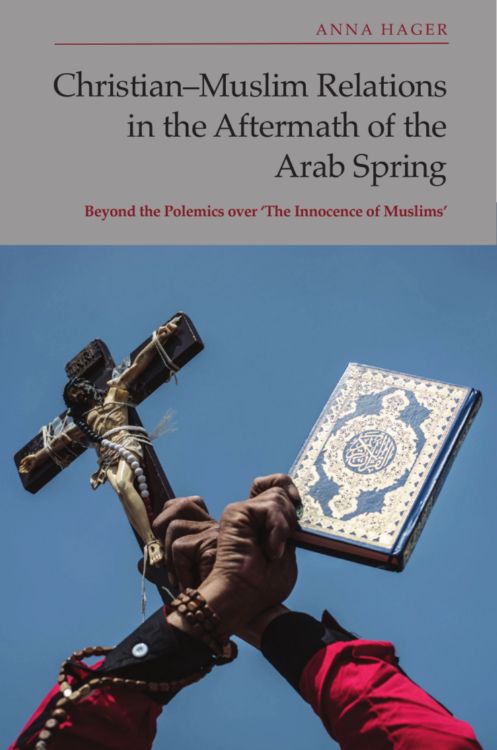
publication
“Christian-Muslim Relations in the Aftermath of the Arab Spring Beyond the Polemics over ‘The Innocence of Muslims'”
- Anna Hager
In September 2012, the video “The Innocence of Muslims” sparked outrage and demonstrations in the Middle East by depicting an attack against Copts by a Muslim group, associated with the...

videos
Online Symposium: Islamic Origins & Christian Theological Engagement with Islam
- Diego Sarrió Cucarella
- Gabriel Said Reynolds
- Michel Younès
- David Marshall
Panelists David Marshall, University of Bern (Moderator), Guest Editor of Islamochristiana Martin Accad, Arab Baptist Theological Seminary Daniel Brown, ISRME Diego Sarrio Cucarella, PISAI Sa...

